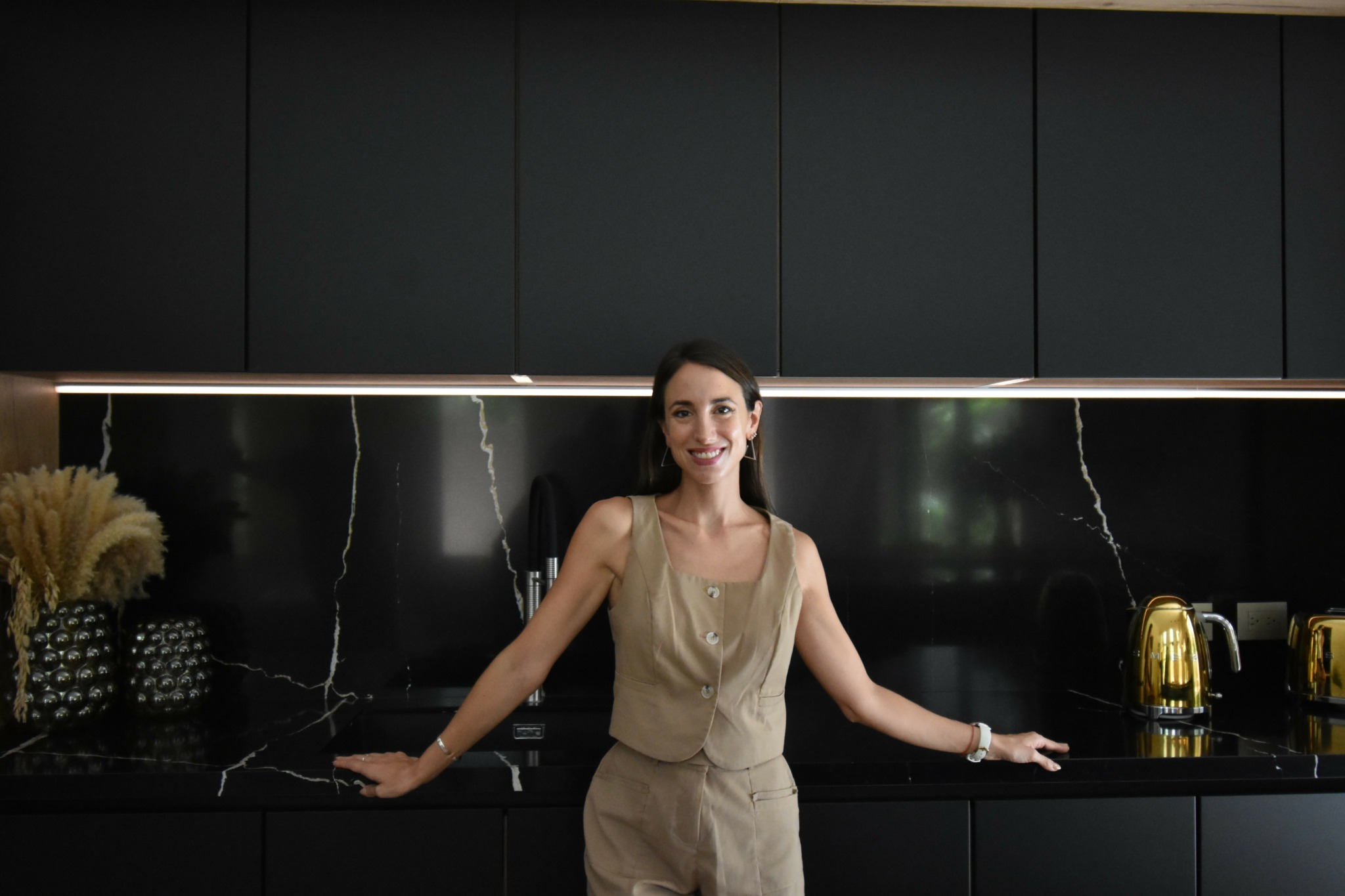Alright – so today we’ve got the honor of introducing you to JULIA COTTI. We think you’ll enjoy our conversation, we’ve shared it below.
JULIA, looking forward to hearing all of your stories today. So let’s jump to your mission – what’s the backstory behind how you developed the mission that drives your brand?
My mission is to use architectural design as a tool to improve the way we inhabit spaces — and that’s important to me because I grew up witnessing how our surroundings can either limit us or empower us. How a place can inspire you… or drain you.
I’ve experienced walking into shops and wanting to leave after just two minutes, living in places that depleted my energy, working in offices where I couldn’t concentrate, or simply feeling exhausted by a space.
Over time, I realized that architecture isn’t just about building something beautiful — it’s about strategically thinking how we want to live and work. That’s where my purpose began: to design spaces that are not only functional and profitable, but also offer an emotional, everyday, and sensory experience.
I’m not interested in doing architecture to win awards — I do it to create real impact. Seeing a client reconnect with their project when they view it from a new perspective, watching how design decisions elevate the perception of a business, or transforming a poorly conceived space into one that feels truly good to inhabit… that’s what drives me every day.
As a content creator, my mission expands. First, because I’m passionate about connecting with my audience. And second, because I aim to reveal the story behind every design decision — sharing tools and experiences that support not only end users but also fellow professionals in this field.
I believe in a more accessible, collaborative, and transparent architecture — and in the power of community to grow together.
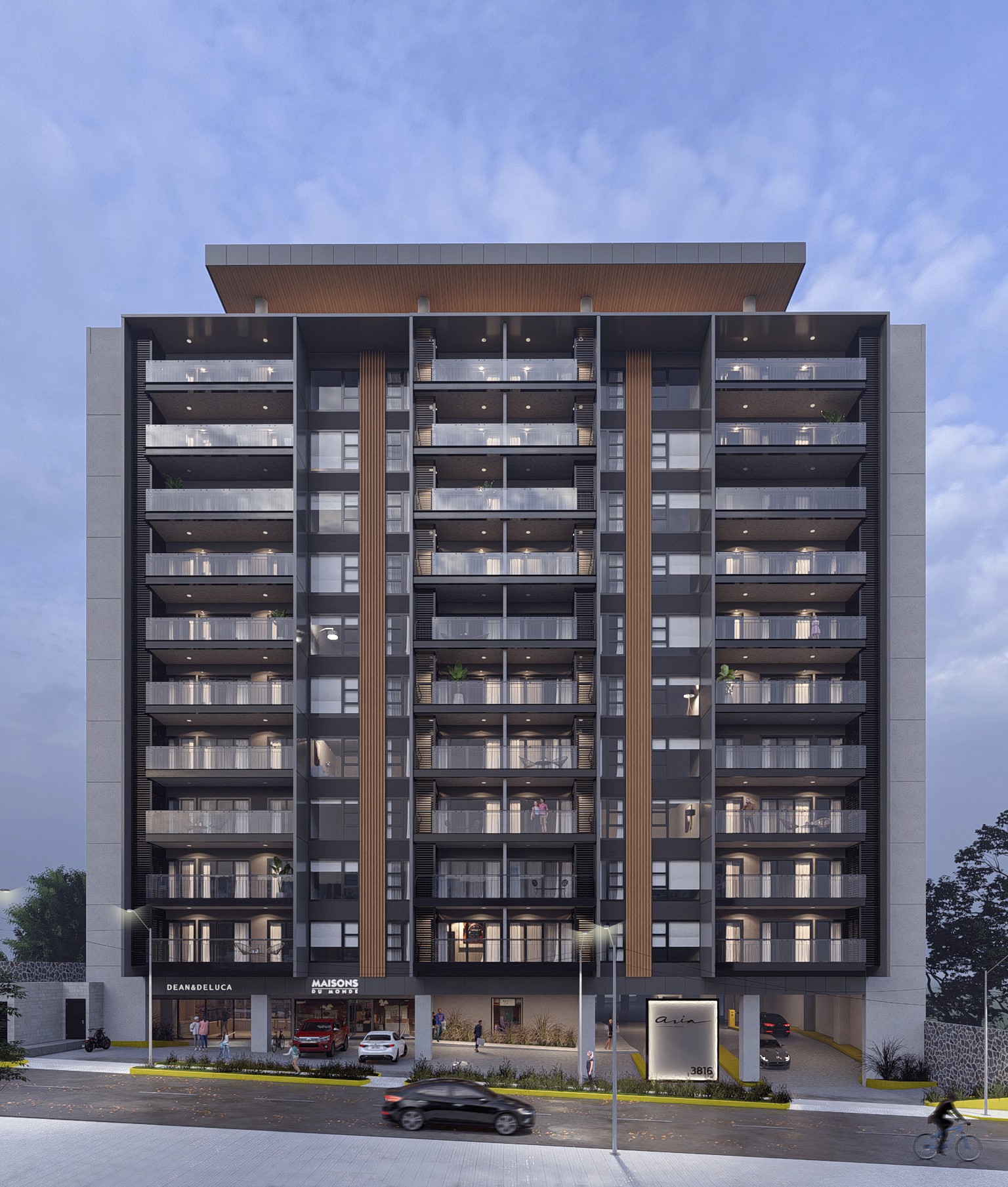
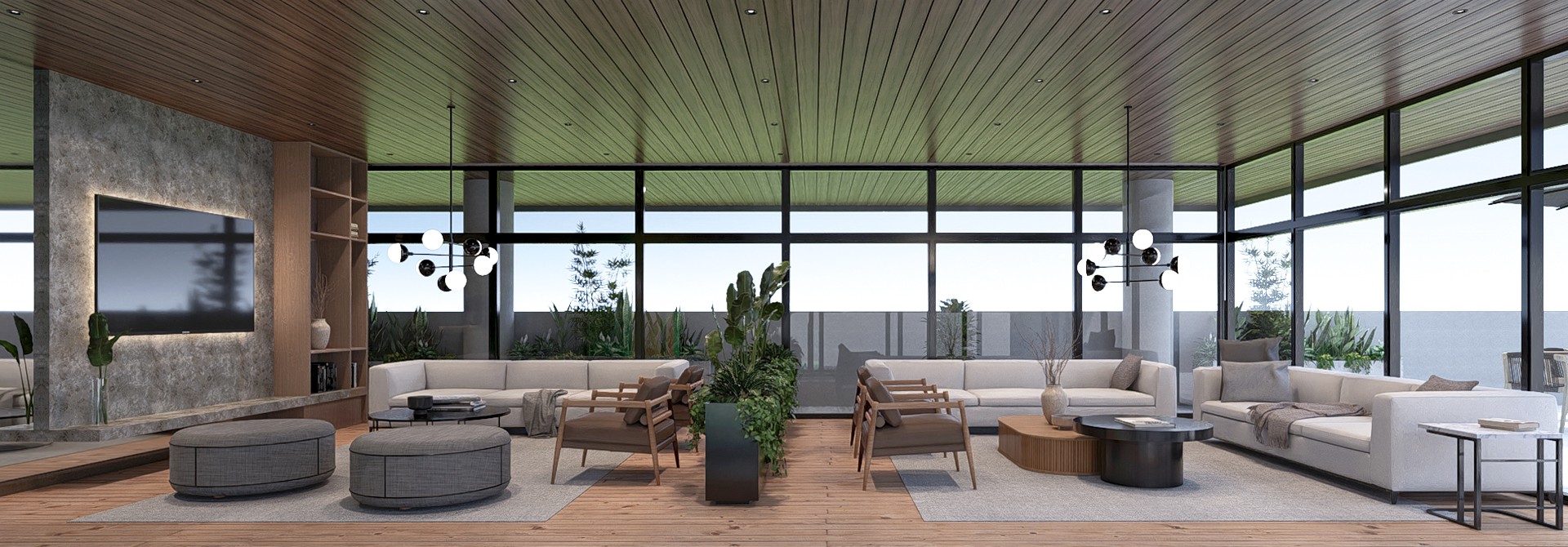
As always, we appreciate you sharing your insights and we’ve got a few more questions for you, but before we get to all of that can you take a minute to introduce yourself and give our readers some of your back background and context?
I’m Julia, an architect and content creator. Since I was little, I was fascinated by imagining things that didn’t exist yet and figuring out how to make them real. I used to play at inventing things, and then I’d obsess over how to “solve” the problem of building them. That’s how my love for architecture was born—from that desire to create, to bring ideas to life, to find solutions.
I’ve always been expressive, theatrical, restless, and curious. As a kid, I took singing and dance lessons and dreamed of acting and being on stage. But I was also the one who explained everything—to classmates, at university, to friends who came over and listened while I played the role of the “teacher” and shared what I knew.
And even though life led me into architecture, over time I realized I hadn’t left that artistic, communicative side behind—I had simply integrated it. Social media became my new stage: a space to channel my passion for storytelling, inspiring, educating, and connecting. For me, communication is also design. And in every piece of content I create, I aim to blend the technical with the human, the functional with the emotional. Because that mix—that’s where I feel most like myself.
My journey hasn’t been perfect. I started out alone, with no safety net. Leaving a steady job wasn’t really a choice—it just happened. But that’s when I began sharing my work on social media, hoping to inspire or connect with someone who saw architecture the way I did. And people connected. Clients from Argentina, Peru, Mexico, EEUU, the Netherlands. And with them came the real challenges: learning to quote, to charge, to lead, to set boundaries. I made mistakes, I got frustrated, I worked until dawn on commercial sites, cried over badly written contracts, worked for too little, learned the hard way.
I had to rebuild myself mentally—go from being an employee to being an entrepreneur. From feeling like I had to say yes to everything out of fear, to realizing that setting limits is a way to protect myself. I’ve had to manage projects from abroad, improvise content overnight, solve crises with clients who didn’t pay. And I’ve had to ask for help, say sorry, own my mistakes, and start again. Every fall has been a masterclass.
Today, I lead a team that works on residential and commercial projects, creating functional spaces with brand identity and emotional storytelling that translate into real results. I also run a creative business unit that produces strategic content for brands in the field, colleagues, and companies that want to communicate authentically.
That’s my edge: blending architecture, communication, and emotion. Telling real stories through design. I personalize every piece—whether it’s content or an architectural project—to connect with my audience, my clients, and their clients too.
When we design, architecture becomes our tool to merge design with real, emotional storytelling, creating an effective strategy. For example, in Villa Privada—a project inspired by the ocean—we aimed to strengthen the brand identity by capturing the essence of the sea in every curve and detail. This generated a unique sense of belonging, connecting directly with guests’ subconscious and resulting in a highly successful season with an excellent occupancy rate. These design concepts were key to standing out in a saturated market.
I’m proud to have built an international business model aligned with my lifestyle—to live off what I love, and to do it with purpose. Because in the end, design is also about this: creating experiences that feel alive, that move people, that leave a mark.
And if I had to sum it up: I don’t sell blueprints.
I design stories. And I tell them—so others feel inspired to create their own.

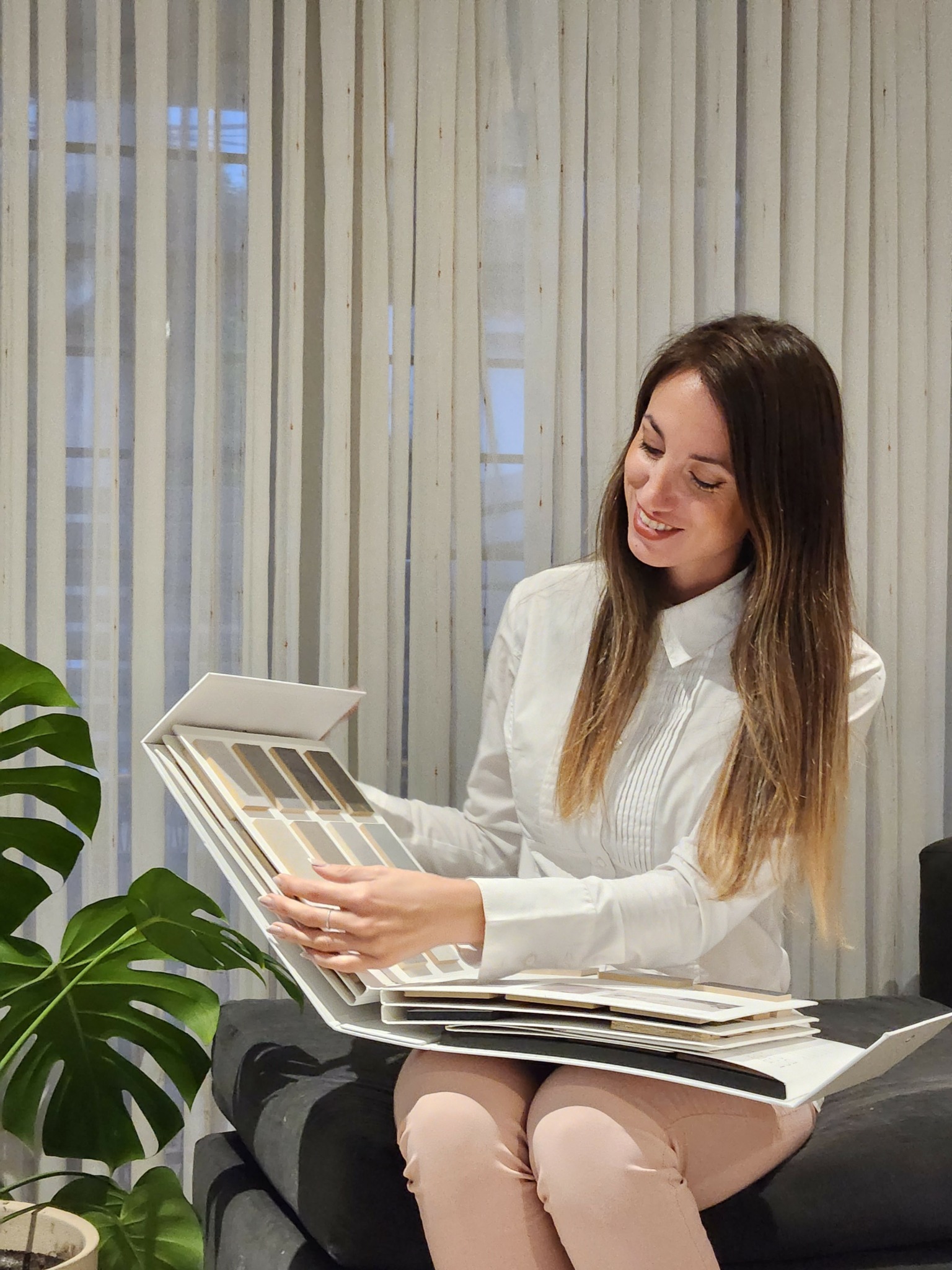
Any insights you can share with us about how you built up your social media presence?
I started creating content on social media in 2021, at a time when a major project was coming to an end and I needed to attract new clients. But beyond that, what truly motivated me was the desire to help. I felt that I could contribute through my experience as an architect and that, through social media, I could be accessible to people who needed guidance—even if they didn’t have a professional nearby.
The pandemic had opened the door to new formats, especially video, and during that time I had already started experimenting with more spontaneous content, where I discovered that I really enjoyed that side of myself. So I decided to go all in and start sharing what I knew with the intention of being useful: answering questions, explaining technical things in a simple way, and creating a space of trust.
At first, I hosted free live sessions where I gave advice to people about their spaces, and that back-and-forth was key. I asked the audience what they wanted and created content based on that. Listening to them, understanding their needs, and responding in a real and approachable way was what made the content start to grow. I learned along the way what worked best: videos with practical measurements, everyday situations with humor, answers to frequently asked questions. Everything that generated empathy, connection, or value—worked.
The community started to grow slowly, and with it came collaborations with brands in the field. At first, I wasn’t charging, or I did it for symbolic amounts, but those opportunities gave me visibility and helped me turn that area into a more professional business. Later on, I was the one reaching out to brands I genuinely wanted to work with, offering more strategic proposals.
Today, I not only work on residential and commercial projects, but I also create content for brands, colleagues, and companies that want to communicate in an authentic way. It all started from a simple desire to help (and to channel my artistic energy), and it became a powerful space to share, educate, and connect.
If I had to give some advice to those who are just starting out:
• Don’t focus only on selling—focus on providing value. What does your audience need? What can you offer that’s truly useful to them?
• Be real. People connect with real people/brands, not with “perfect people or perfect brands.”
• Listen actively, respond, create based on what your audience asks or needs.
• If you can, create partnerships with other accounts or brands that can boost your reach.
• And last but not least: consistency is key. Not every video will go viral, but each one is a seed.
Something that really motivated me last year, when I felt stuck on social media, was a video about success that used Taylor Swift as an example. As of April 2024, she had released 61 singles as a lead artist and had 12 songs reach number one on the Billboard Hot 100. That means about 20% of her singles made it to the top of the charts.
In the publishing world, the story is similar. Many authors publish numerous books, but only a small percentage become bestsellers.
This reality reminds us that success isn’t guaranteed with every project. What truly matters is consistency, passion, and commitment to what we do. Every attempt is a chance to learn and grow.
Understanding that social media is not just a showcase—it’s a way to build community, position yourself with purpose, and most importantly, attract people who truly connect with what you do.

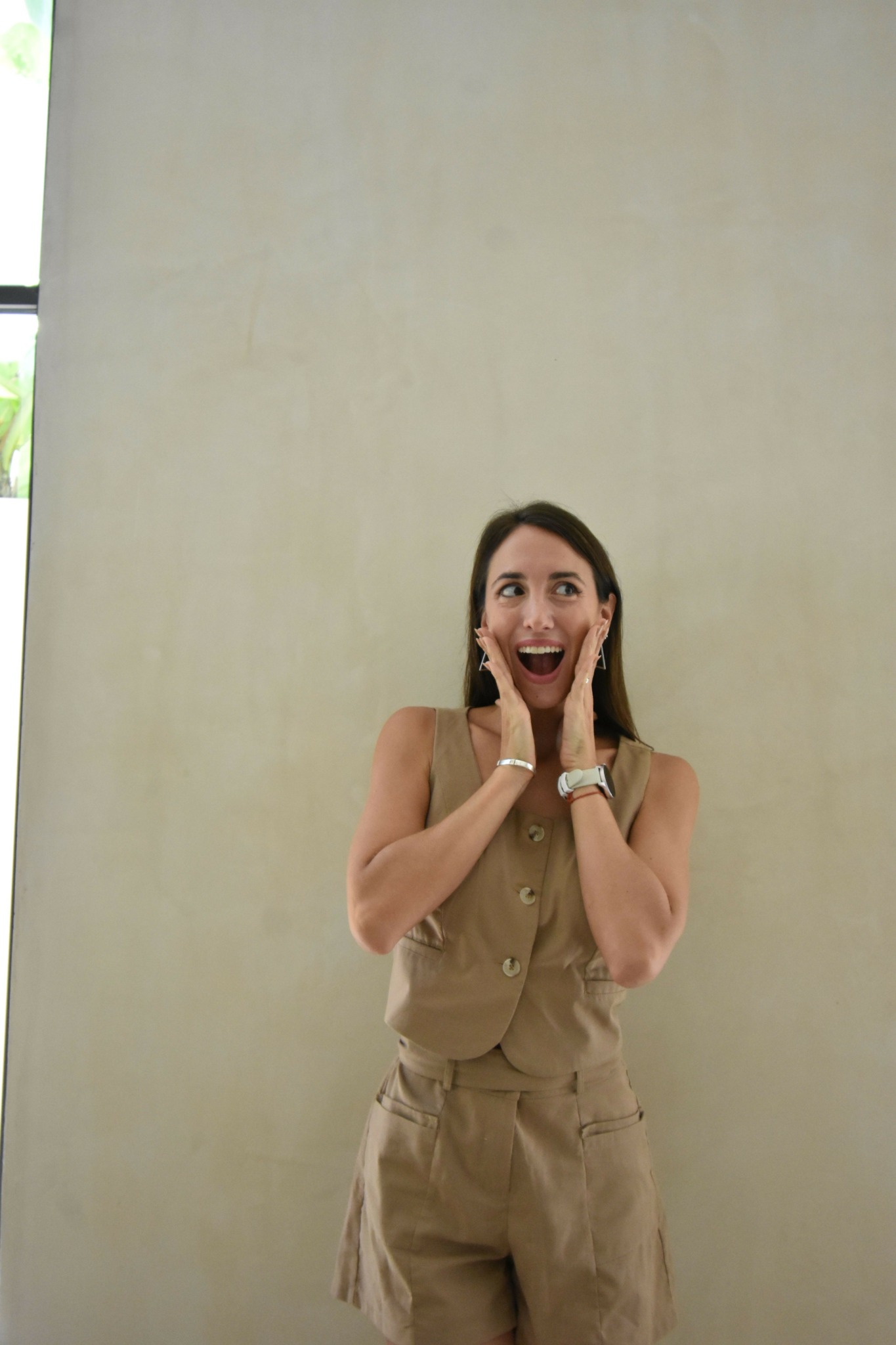
Have you ever had to pivot?
One of the major turning points in my journey wasn’t a bold or premeditated decision—it was a response to a situation I didn’t entirely choose: I was working in a full-time job when my boss told me they were no longer going to continue building.
I knew that once the project I was involved in ended, that chapter of my professional life would also come to a close. I had six months ahead of me. I remember sitting at my desk, holding a construction plan in one hand and a budget spreadsheet in the other, wondering if it made sense to bet on something of my own.
I also remember printing out a blank sheet of paper with the title “Plan B” and sticking it on my bedroom wall. I didn’t really know what I was going to write under it, but I was sure of one thing—I didn’t want to keep repeating patterns that didn’t make me happy. I could go out and find a new job right away… or I could dare to start from scratch, even without any guarantees.
I chose not to run from fear, but to walk alongside it. I used that time to plant seeds: I started sharing my work on social media, learning about fields I hadn’t explored before, and thinking about how I could merge my creative side with my technical background. Nothing was guaranteed, but I had one strong conviction: I wanted to make a living doing what I love, without sacrificing my essence in the process.
That stage was a true turning point. I had to learn how to move through uncertainty, how to stay motivated even when there were no visible results yet.
There were moments when I worked 24/7 for very little money, doing a lot of things “for free” just to showcase what I could do. But over time I realized it wasn’t wasted time—it was an investment. I was building something bigger, even if it wasn’t obvious yet.
A book that helped me a lot during that time was Breaking the Habit of Being Yourself by Joe Dispenza. It taught me that if I wanted a different reality, I had to start thinking, acting, and feeling like the future version of myself. I couldn’t wait for my environment to change before I dared to change myself.
For me, success isn’t about reaching a specific milestone—it’s about staying committed to the journey, even when it’s an uphill climb. I’m still learning every day, but when I look back, I know that moment was one of the most aligned choices I’ve ever made.
Today, my business combines architecture, communication, and purpose. And even though not everything is “figured out,” I feel like I’m in the right place.
Contact Info:
- Website: https://www.cottiarquitectura.com
- Instagram: https://www.instagram.com/arq.juliacotti
- Linkedin: https://www.linkedin.com/in/julia-cotti-4609b5210/
- Youtube: https://www.youtube.com/@arq.juliacotti
- Other: https://www.tiktok.com/@arq.juliacotti
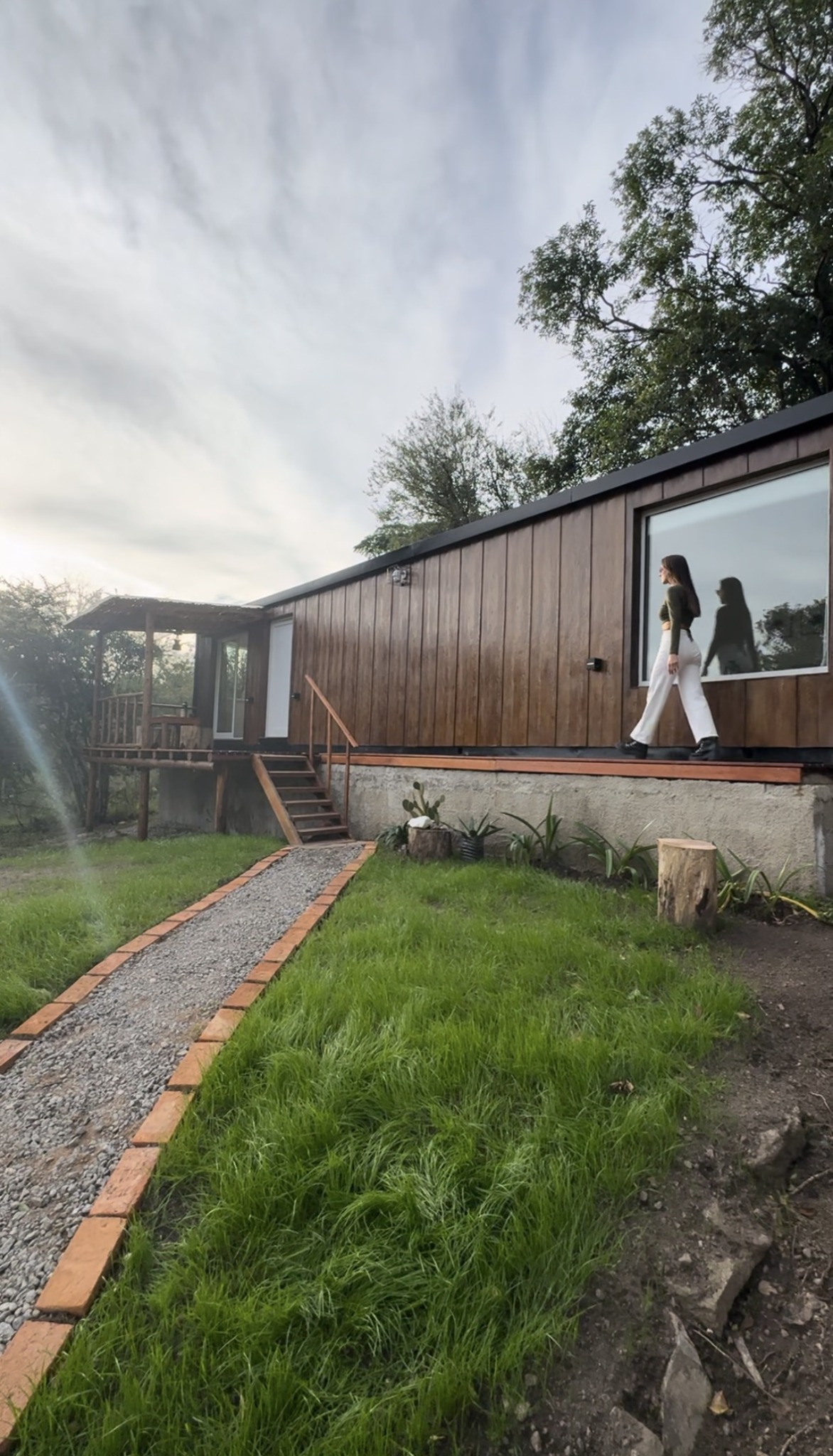
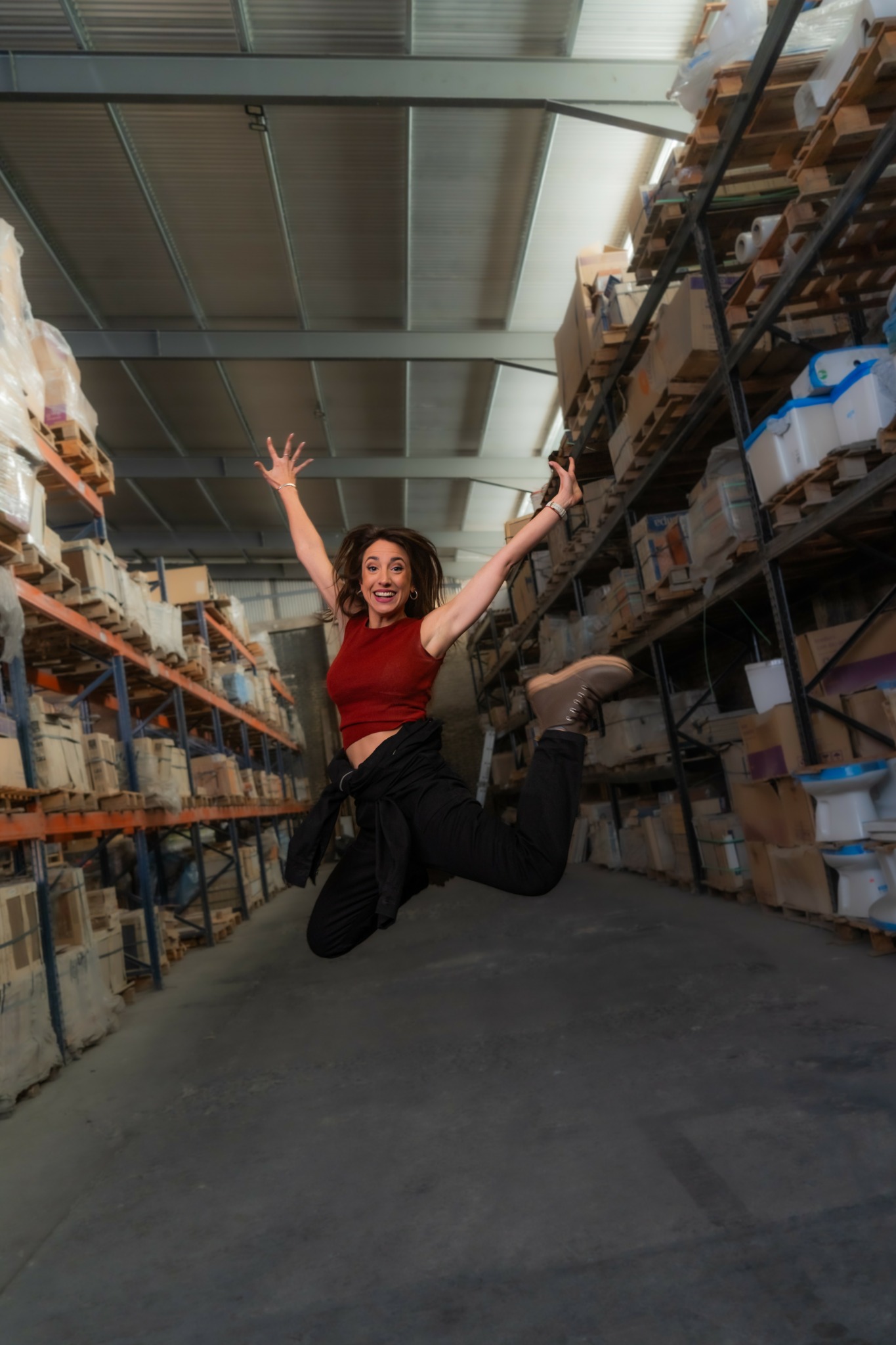
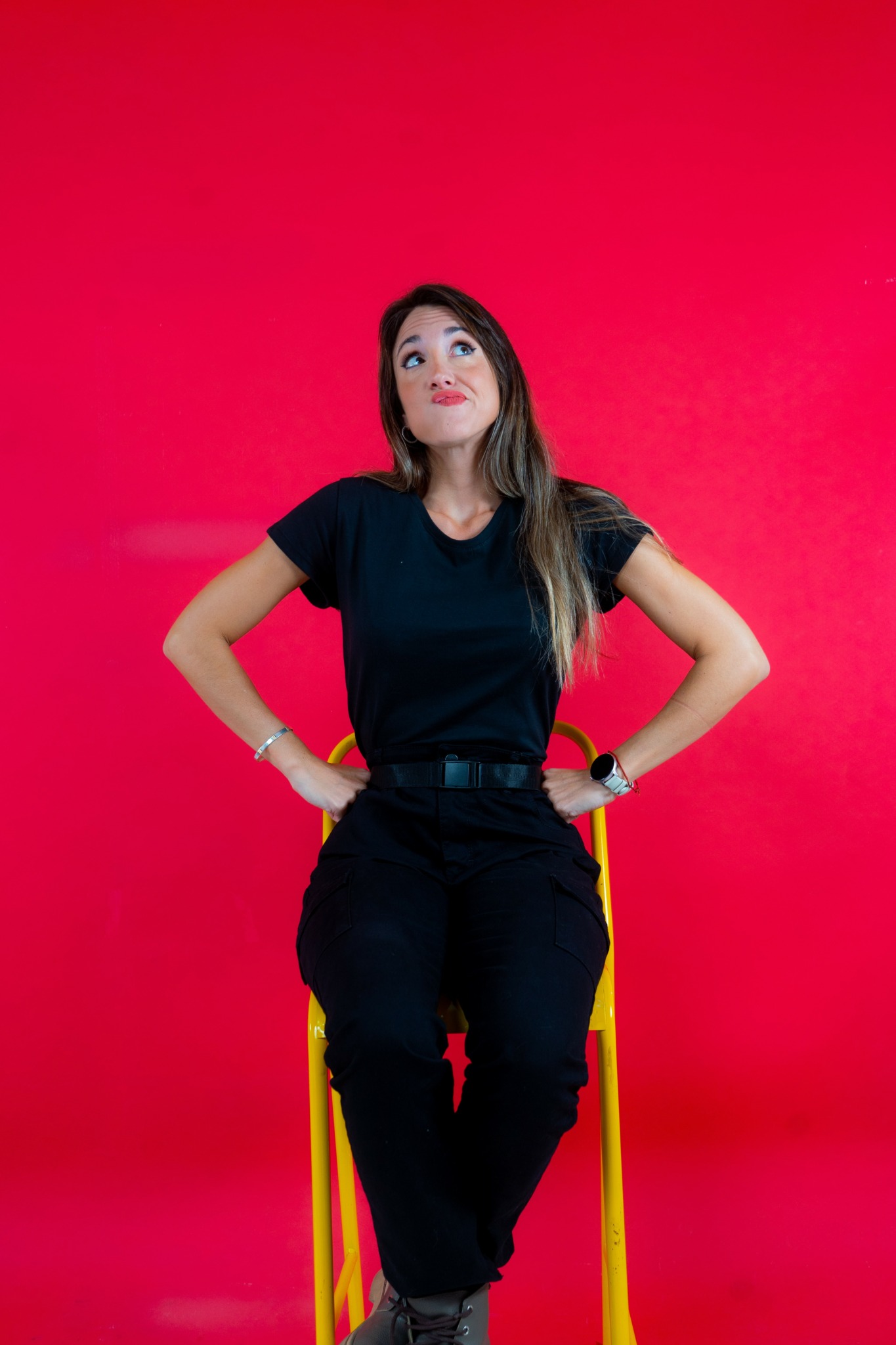
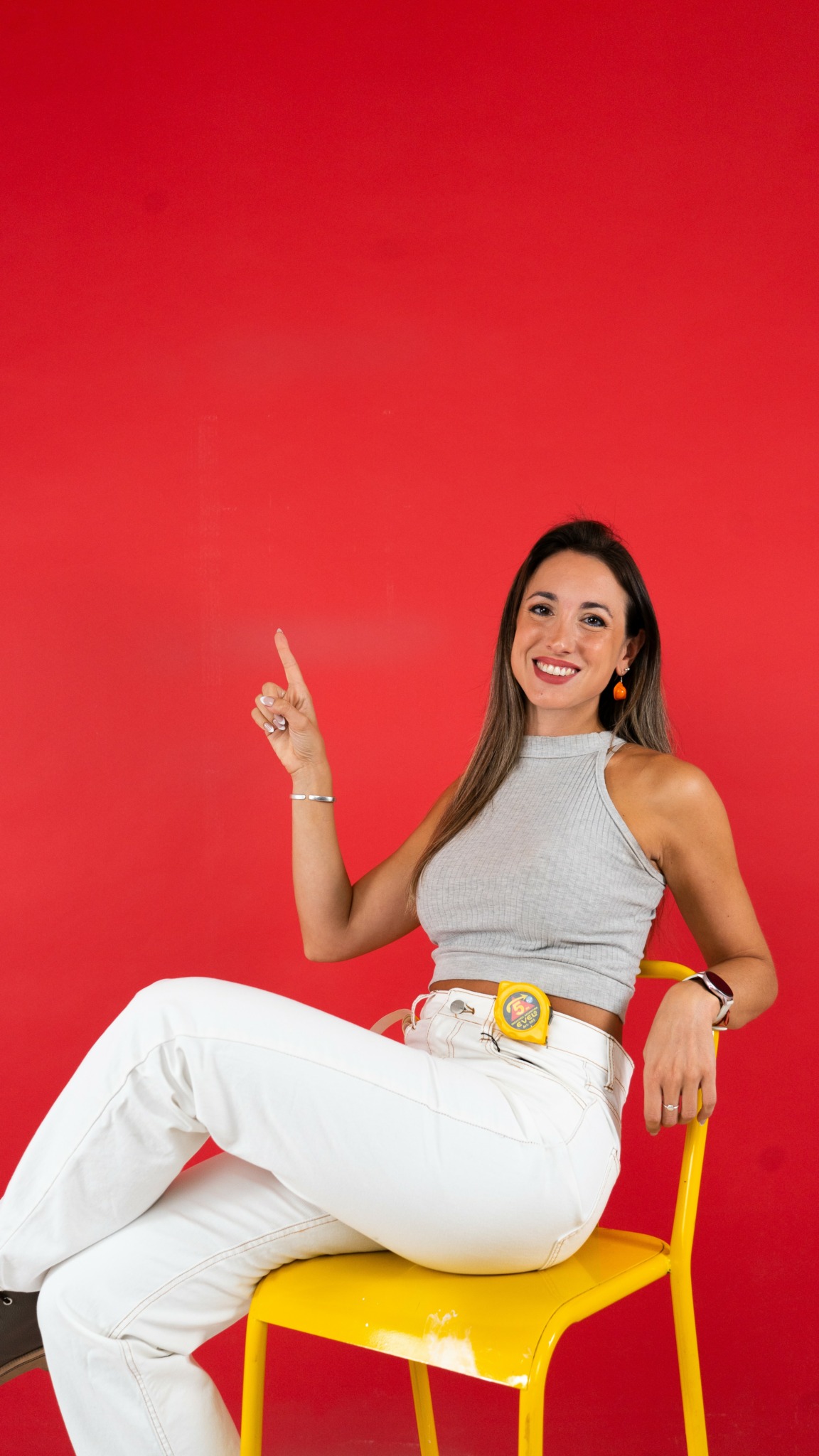
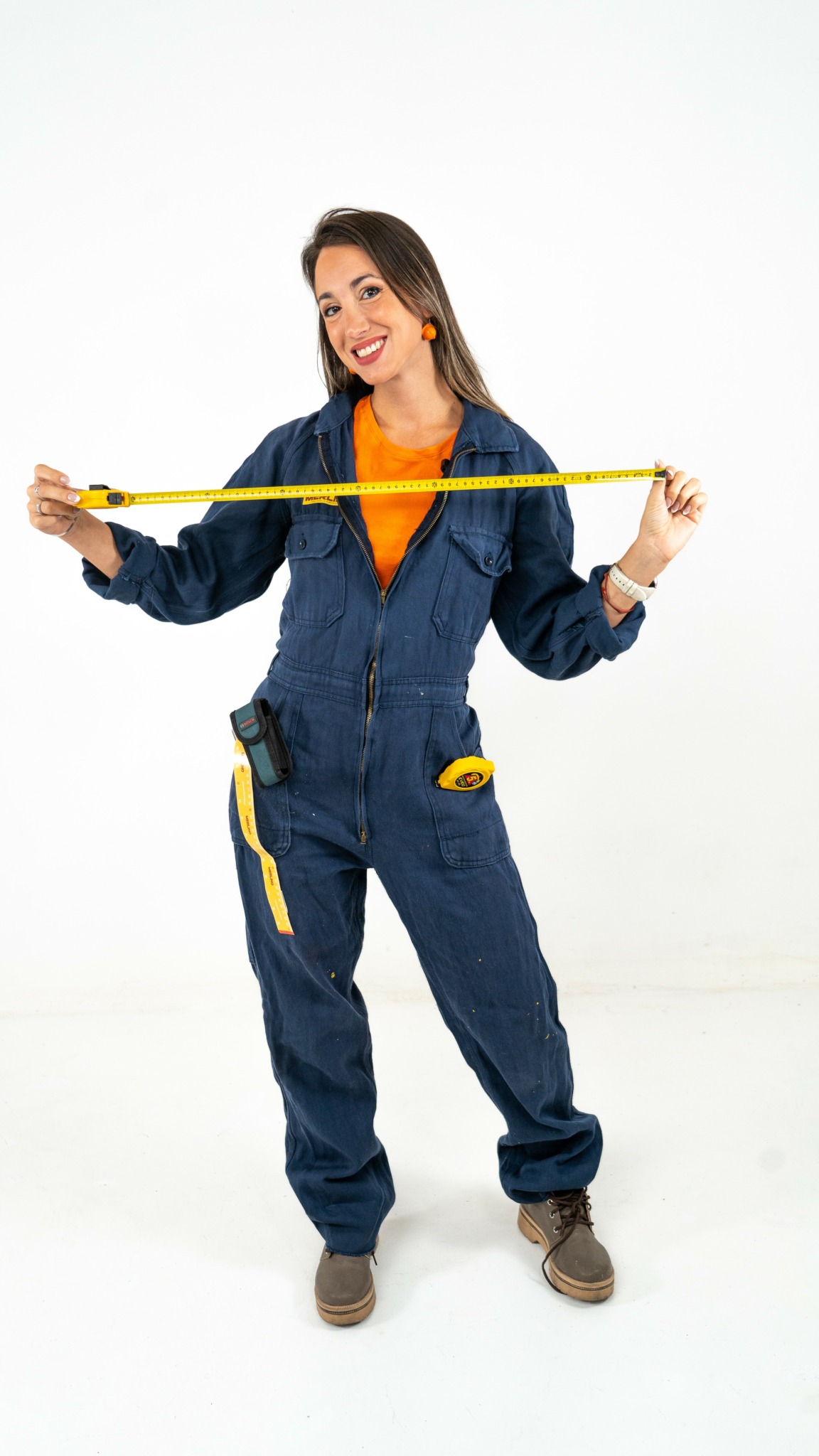
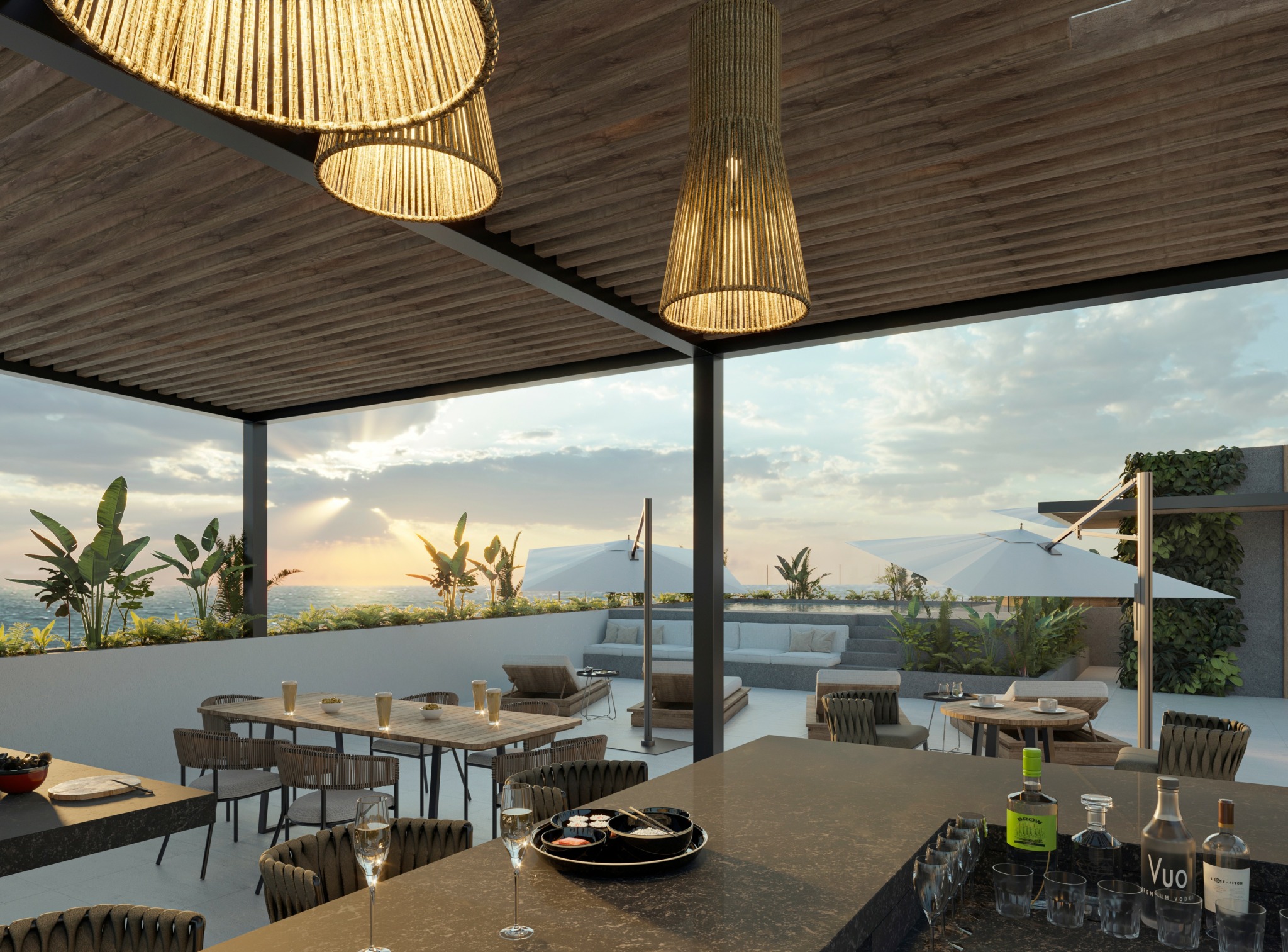
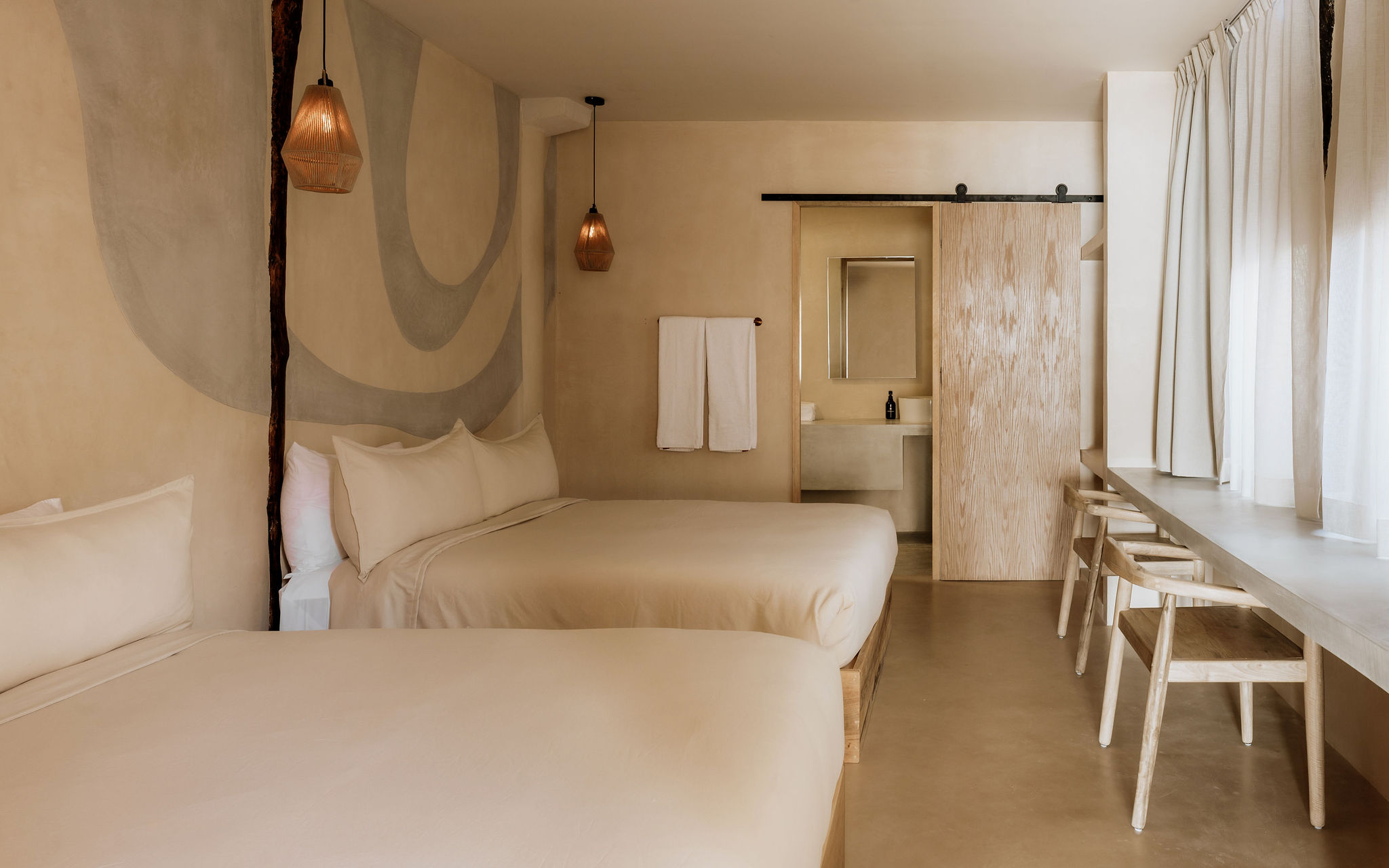
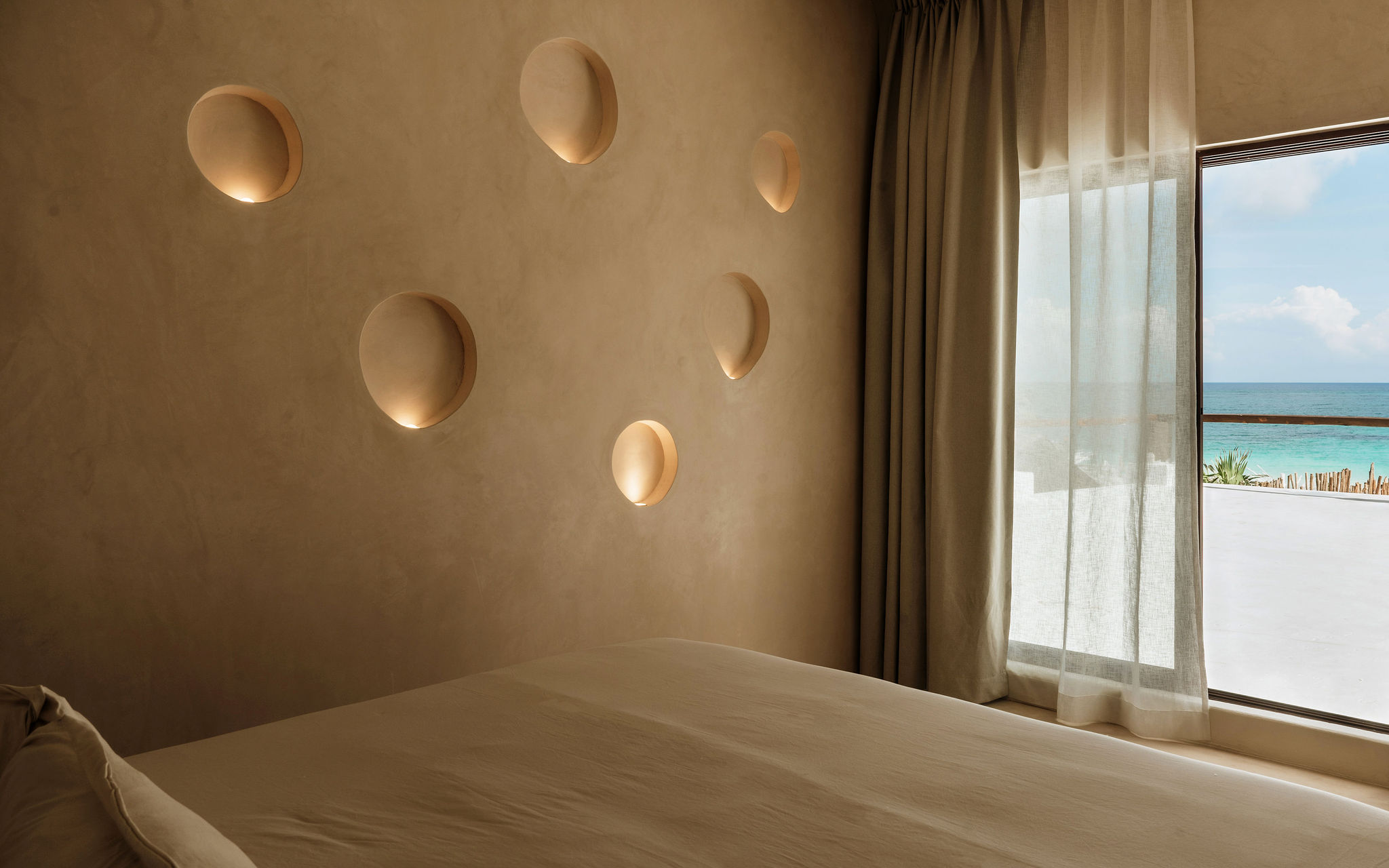
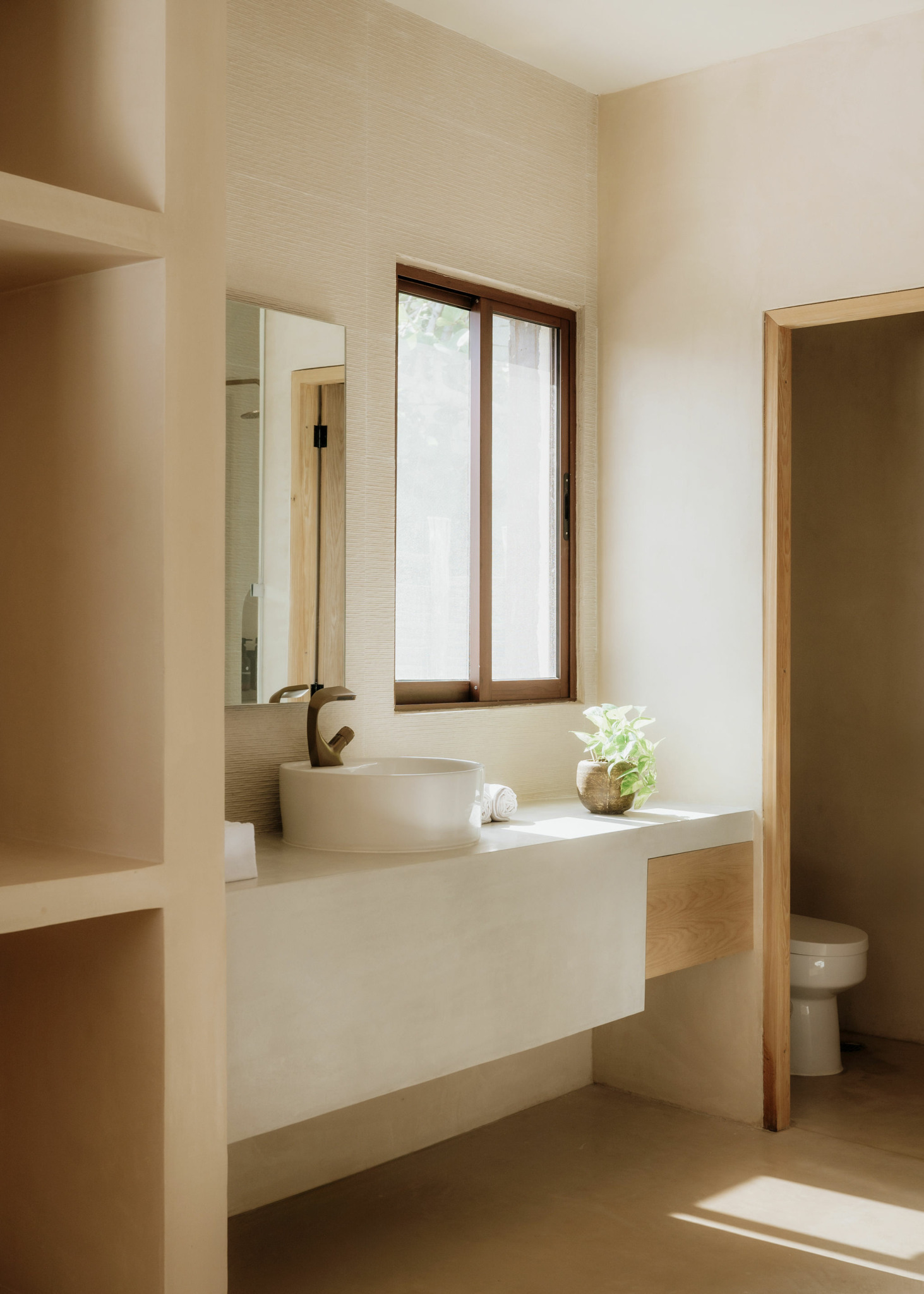
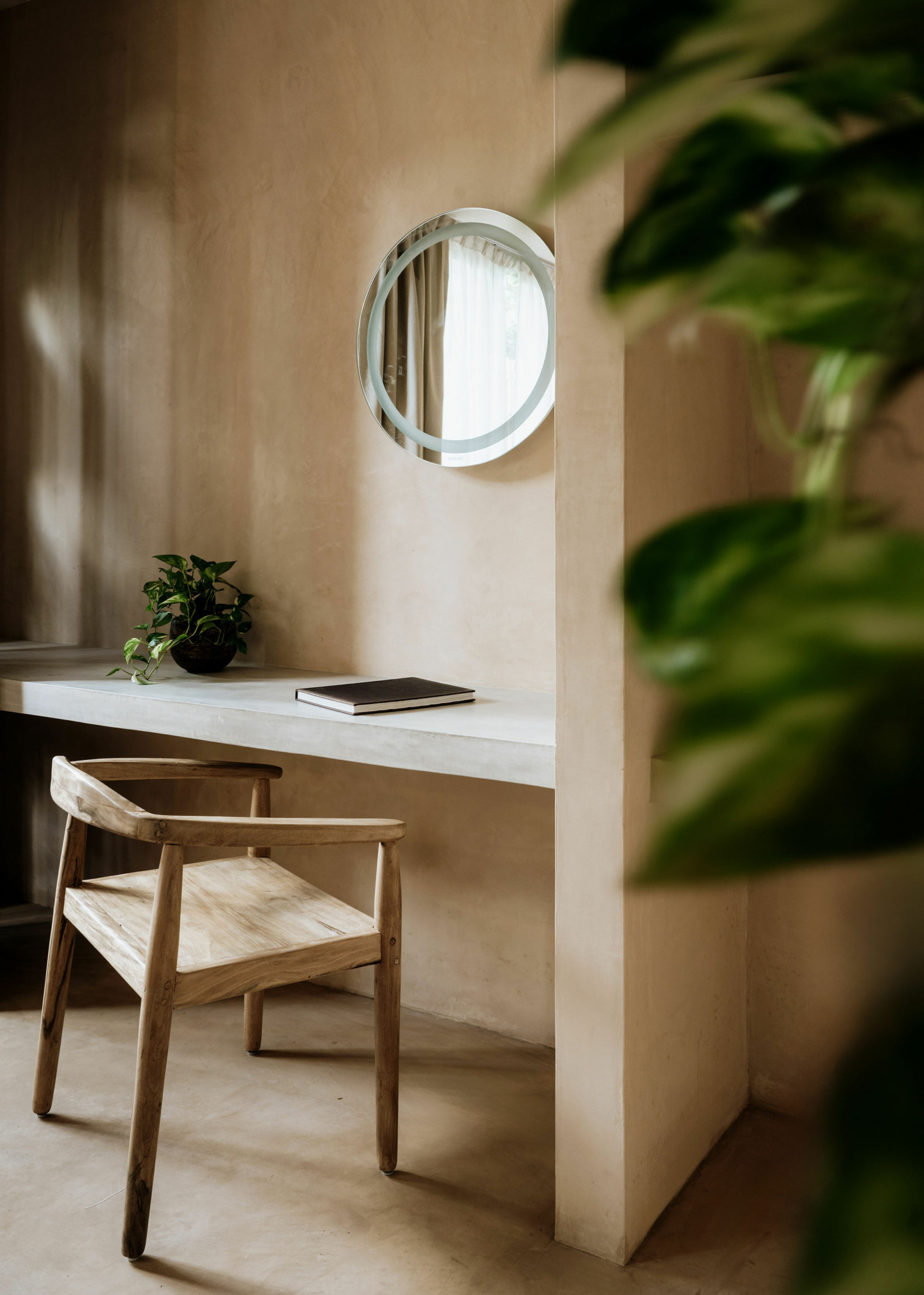

Image Credits
Photographs of my projects by:
– Julián Guardia Photography
– Federico Cavagni
Photographs of me by:
– Florencia Claria
– Fernando Ponzo


